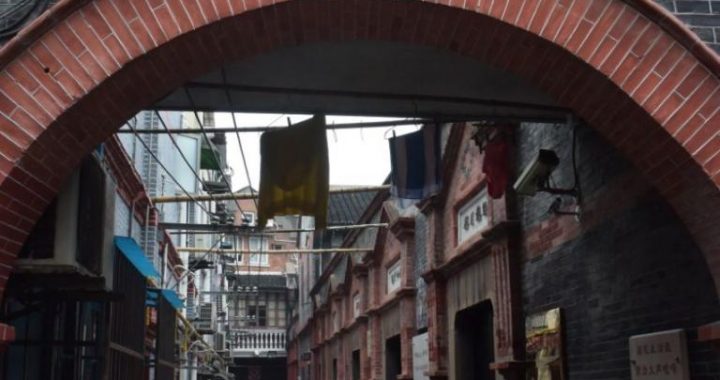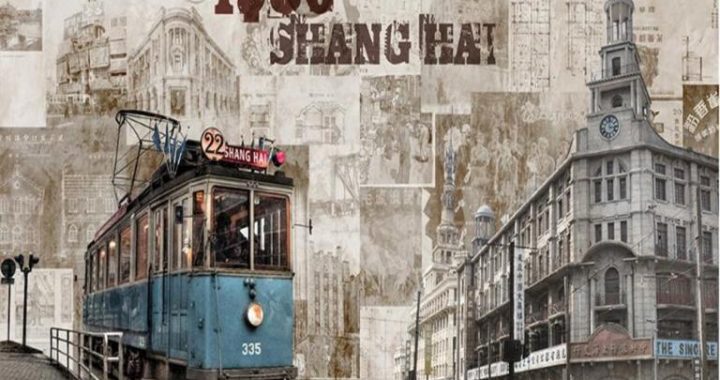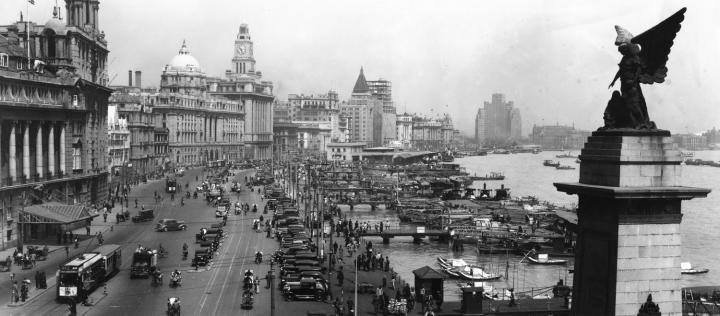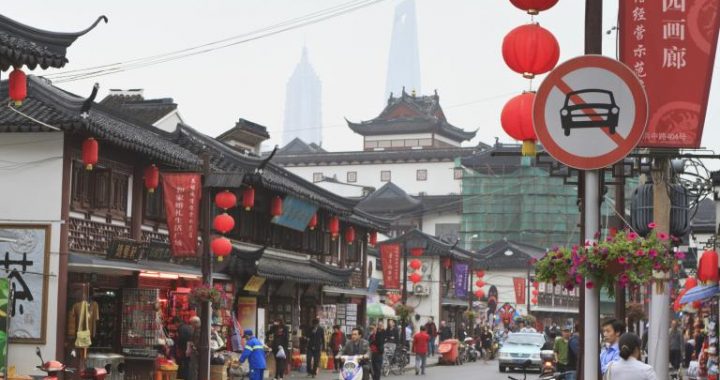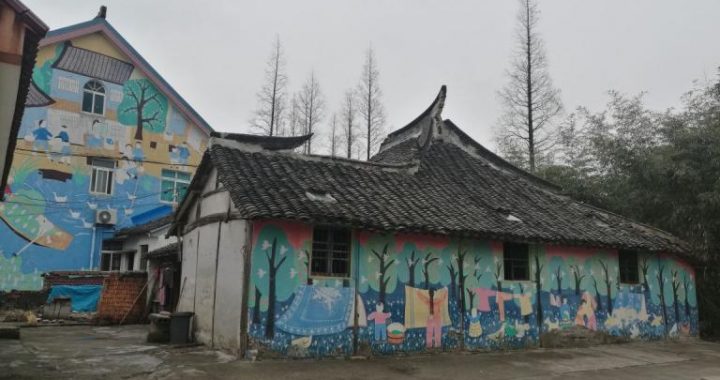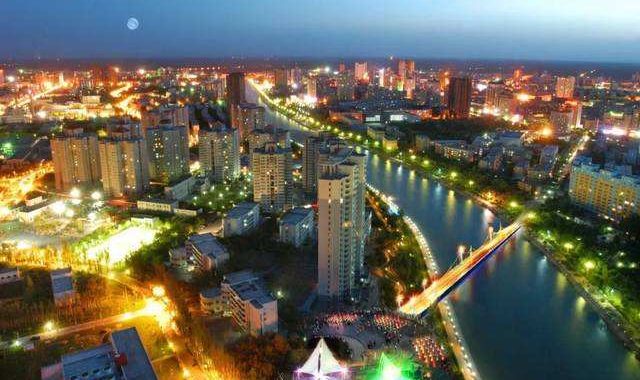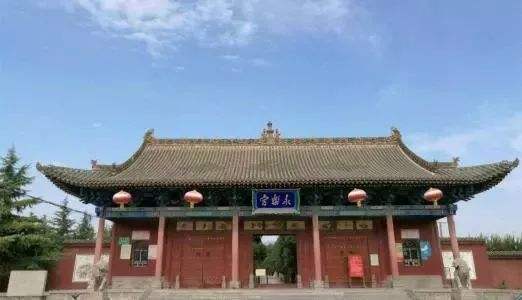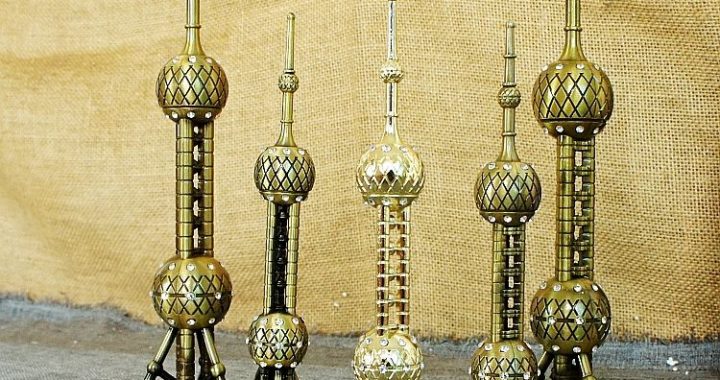YU GARDEN
3 min readTo enter the main nerve of Old Town and visit the Ming era Yu Garden (yu yuan )look for one of the many small entrances that lead into the central garden area. The dark narrow lanes are towered over by a mish-mash of Chinese architecture and modern styling.
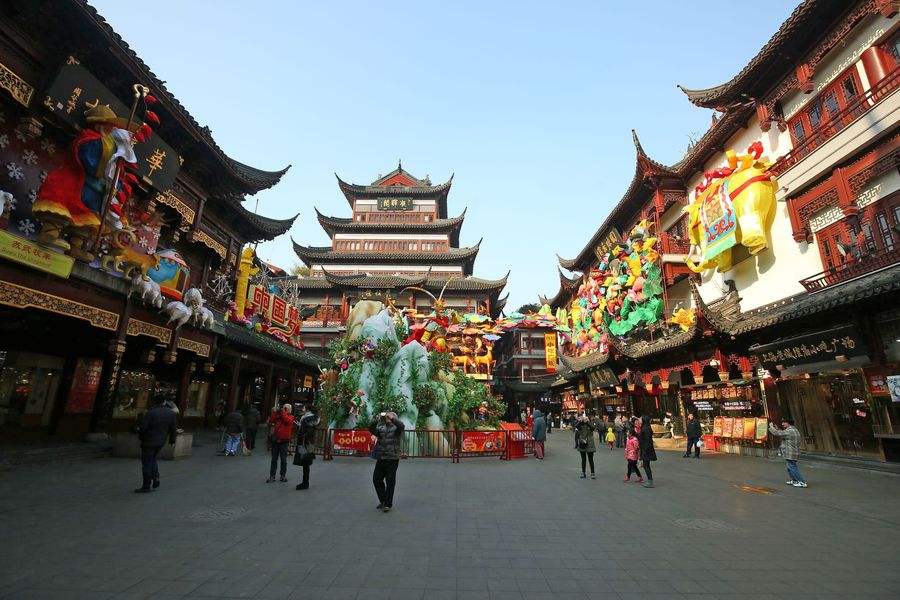
Commercialism is the word of the day; it’s a modern version of an old bustling market with the added kick the Shanghainese throw into making money.
Tasty goodies include sweet sticky rice candies, grilled sausages and assorted fried kebabs (check out the fried swallows) Shanghai is known for its steamed meat dumplings (xidolong bao) and the most famous in Shanghai are found in the Yu Garden shopping complex. Just off the central pond, this just look for the long line of salivating people. The dumplings eamed to juicy perfection in a few minutes.
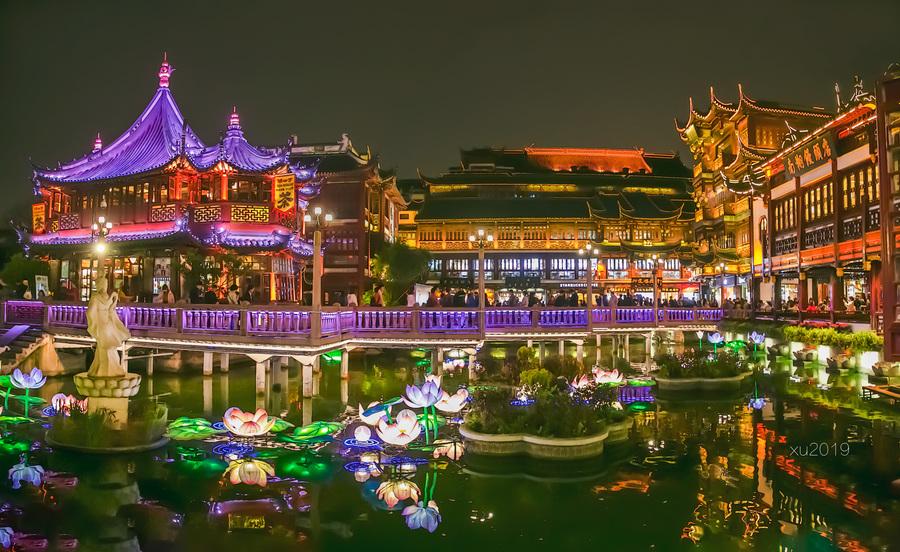
Like green aquatic gem ensconced in a shell, the lake in the center of the market complex bridge where locals and tourists alike all compete for the best photo Fat fish swim lazily underneath the bridge but come alive in a feeding frenzy throw in some food. cross the bridge is the famed Huxinting Teahouse(huxinting chalou)with This huge structure dominates the Yu Garden skyline. Originally just before the turn of the 19th century. The restaurant is as famous as the dignitaries that have poked their aurant’s rice bowls. Pictures of Jiang Zemin, Queen Elizabeth and the gling with the staff hang on the walls officcross the pond from they uuse is the as part of their estate, this typical southern-style garden was destroyed several times and later restored to its former aory. One defining feature of southern gardens is the carefully created sense of space within a small area by the clever use of narrow lanes, strategically placed partitions and windows that provide frames for portrait views. One of its more alluring displays is a naturally hollowed out jade boulder standing in front of a large hall. The garden is considered by experts to be an exquisite sample of southern style.
Just behind the Yu Garden is the Chenghuang Temple(chenghuangmiao), dedicate to Shanghai’s city god, Qin Yubo. Each Chinese city used to have a city god chosen from the Taoist pantheon of Chinese deities and they were worshipped in these colorful temples.
Loud, crowded and full of eager worshipper, these temples were rambunctio places where people would gather and pray for health and wealth, perhaps more for wealth here, being Shanghai. Originally the Jinshan Temple, it was rebuilt during the reign of Empe Yongle of the Ming dynasty in the 13th century. The temple was refurbished again in 1926 and today, still drenched in incense smoke, it continues to attract worshippers. In the front hall is a statue of a Han dynasty general while in the back hall stands Qin Yubo.
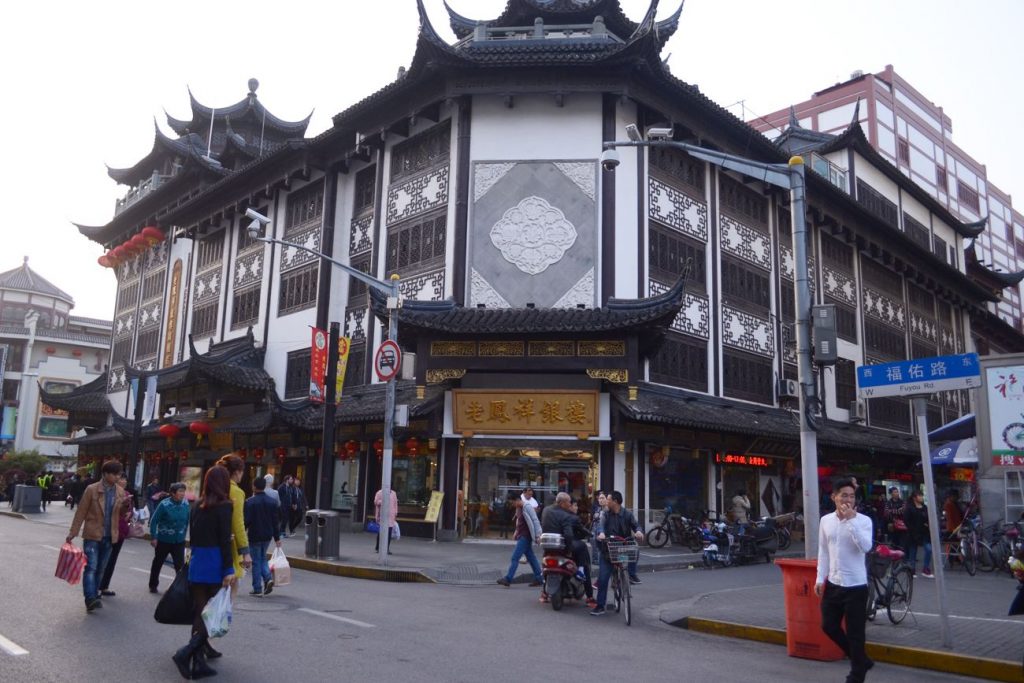
Lanterns light up the Chenghuang Temple during Chinese New Year. (chenghuang miao) Arriving at the Yu Garden in the afternoon then spending the day. a perfect way to spend a lazy day. As night falls over the city, the old buildings light up and the crowds thin out allowing visitors to explore the old city in relative peace. The a night vista of the upturned eaves falling from tiled roofs juxtaposed against the Herculear metallic towers of light from nearby Pudong nicely sums up Shanghai’s past and present.
Opera performances can be seen at the Yuyuan Stage Theater. Other “must-sees” in the old City includes the colorful antiques and bird market few blocks west of Yu Garden on Tibet South Road. The lane is full of ceramic and glass curios as well as chirping chickadees. Make sure to take in the buildings in this area it’s highly probable that they’ll be redeveloped into skyscrapers within the next few years.
